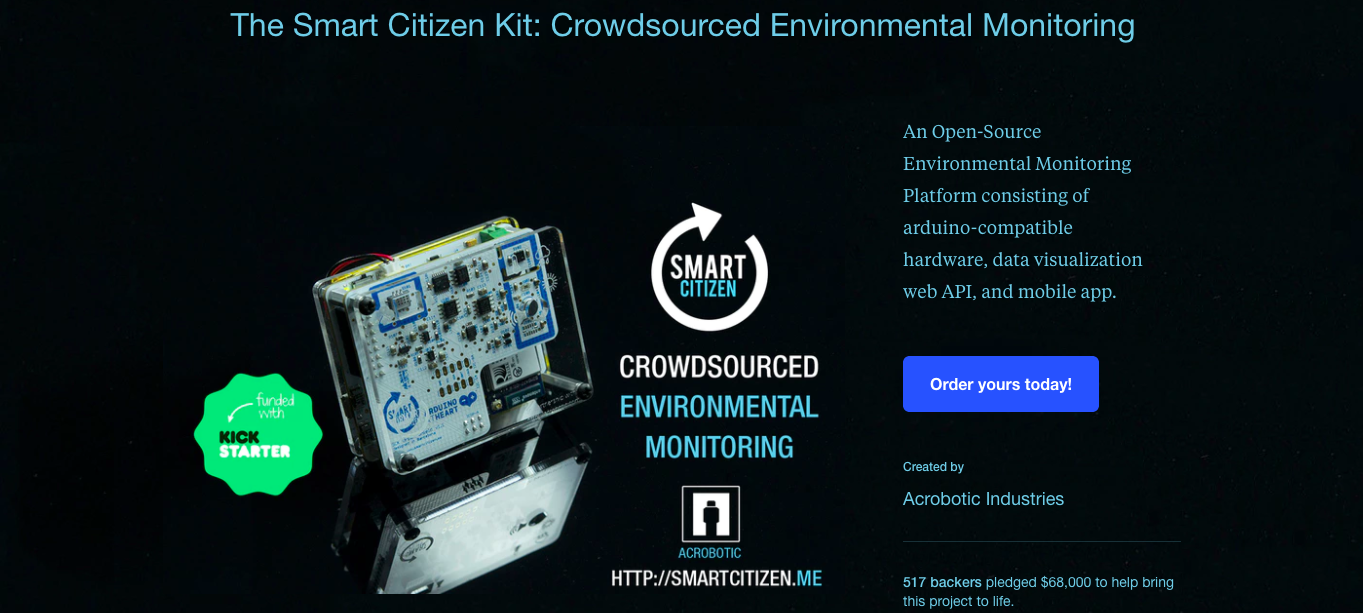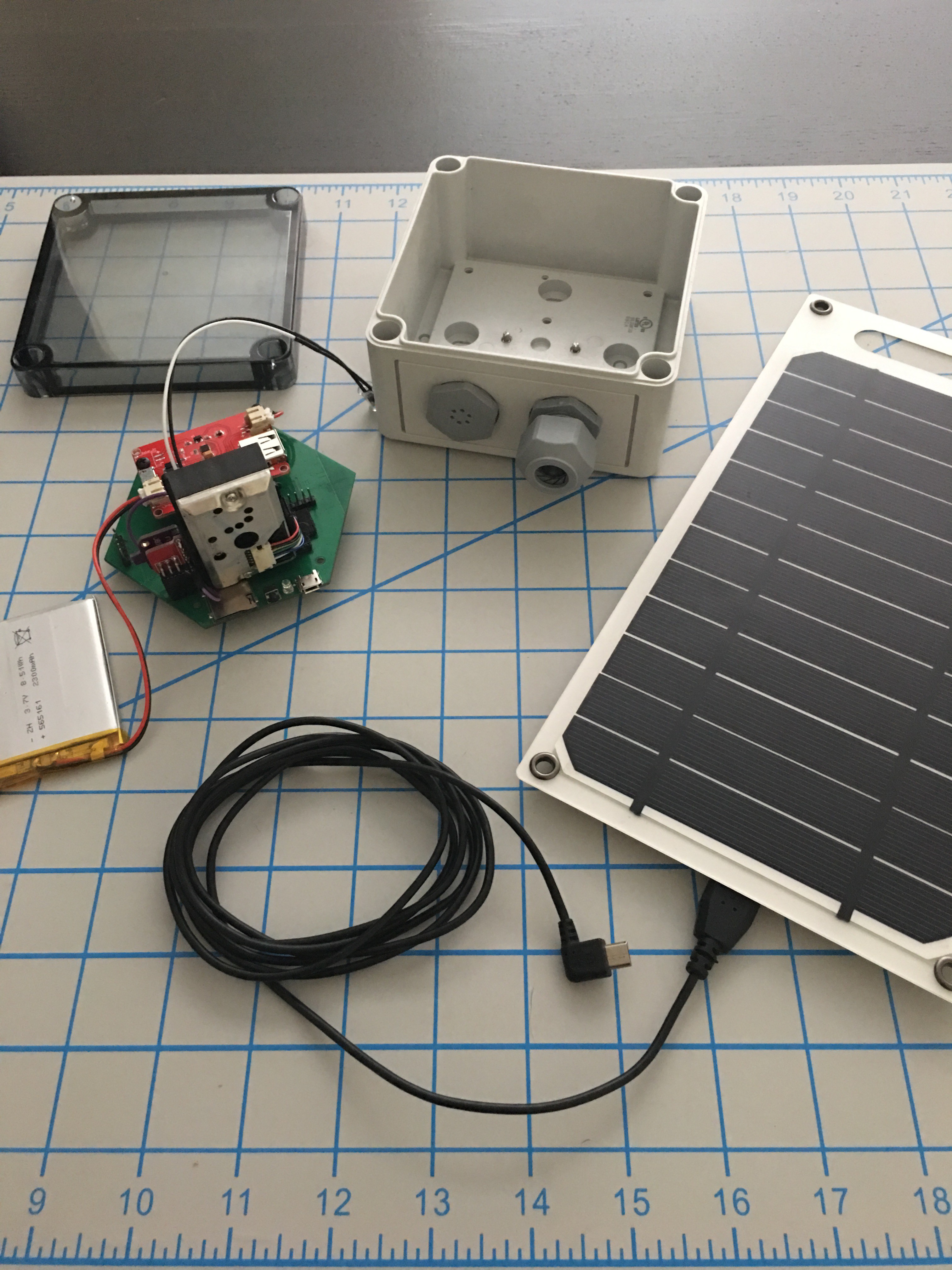Introduction
Back in 2013, we launched one of the first hackable, internet-connected, environmental data-collection system, the Smart Citizen project. The goal was to build a software and hardware platform where everyday citizens could collect and share environmental data.
The initial reaction to the project was positive, and many early adopters helped it get off the ground. However, several intrinsic limitations prevented it from achieving the original vision. The most detrimental were:
- Most users weren't interested in the online platform
- Development was spread thin between web, app, and hardware development
- Hardware was difficult to install and maintain outdoors
- Long lead times in hardware production and pricing discouraged potential customers

After creative differences with the core development team, we decided to fork the project and devise a solution to address these problems. After a couple of years working on it, we're ready to share our efforts.
Introducing rE-SPire, an Air Quality and Environmental Monitor
Based on numerous suggestions, comments, pleas, and complaints from past, current, and potential users of the Smart Citizen project, rE-SPire is an environmental monitor powered by Open Source hardware and software.
rE-SPire is based around the ESP8266, a WiFi-capable SoC that can be programmed with the Arduino IDE. It includes sensors that allow it to measure:
- Temperature
- Relative humidity
- Barometric pressure
- Relative Volatile Organic Compound (VOCs) concentration
- Particulate matter (PM) dust levels
- Ambient noise levels
- Ambient light levels
rE-SPire was also built to be used outdoors (as well as indoors), so it's enclosed in a waterproof enclosure and can be powered by a rechargeable battery and a solar panel.
Electronics
The electronics of rE-SPire include an array of components for sensing, measuring, storing, and communicating local environmental data, as well as powering and recharging the device.
– Sensing
rE-SPire carries several sensors that allow it to measure environmental conditions. These are:
Bosch BME680: temperature, humidity, barometric pressure, VOCs
Bosch's BME680 is a high-precision sensor that can measure humidity with ±3% accuracy, barometric pressure with ±1 hPa absolute accuracy, and temperature with ±1.0°C accuracy. Because of the accuracy in pressure, the sensor can be used to estimate altitude within ±1 meter!
Also, using a metal oxide-based sensor, it detects VOCs by adsorption (and subsequent oxidation/reduction) on its sensitive layer. Though it can be used to detect gases & alcohols such as Ethanol, Alcohol and Carbon Monoxide, the sensor only gives one resistance value indicating overall VOC content, which means it cannot differentiate gasses or alcohols.
Please note this sensor, like all VOC/gas sensors, has variability and to get precise measurements you will want to calibrate it against known sources!
Sharp GP2Y1010AU0F: PM dust
Sharp’s GP2Y1010AU0F is an optical air quality sensor, designed to sense dust particles. An infrared emitting diode and a phototransistor are diagonally arranged into this device, to allow it to detect the reflected light of dust in air. It is especially effective in detecting very fine particles like cigarette smoke, and is commonly used in air purifier systems.
Electret condenser microphone: noise
The electret condenser microphone translates amplitude (not volume) by capturing sound waves between two conducting plates—one a vibrating diaphragm and the other fixed—and converting them into electrical waves.
GM5528 photoconductive resistance: light
A photoconductive resistance is a very small light sensor that changes resistance...
Read more » ACROBOTIC Industries
ACROBOTIC Industries



This is probably the only open sourced embedded sensor device out there, at least the only one I've come across with. My aim with #EXPLOG : Exploration Logger is similar but I like to expand the use cases even more. We will be happy to work with Clouden and share what we learn, if that becomes a possibility in future :)